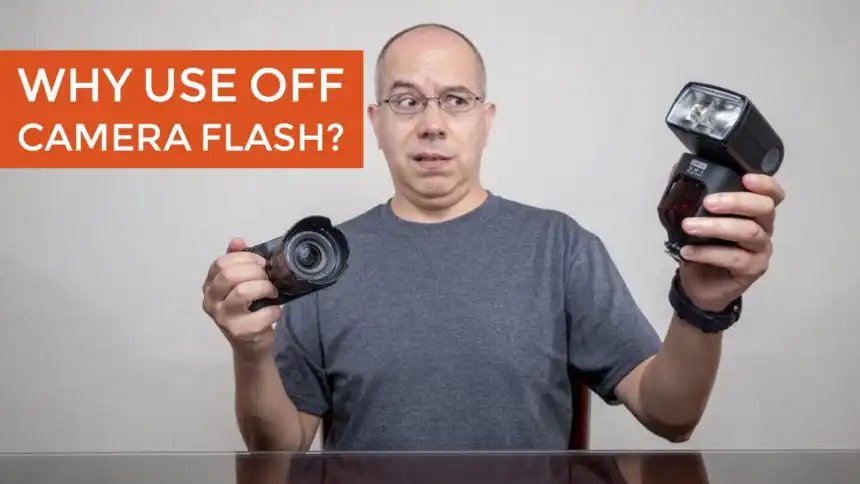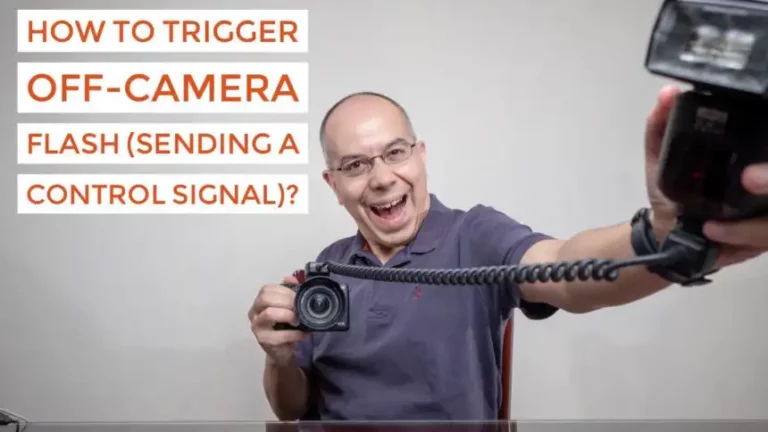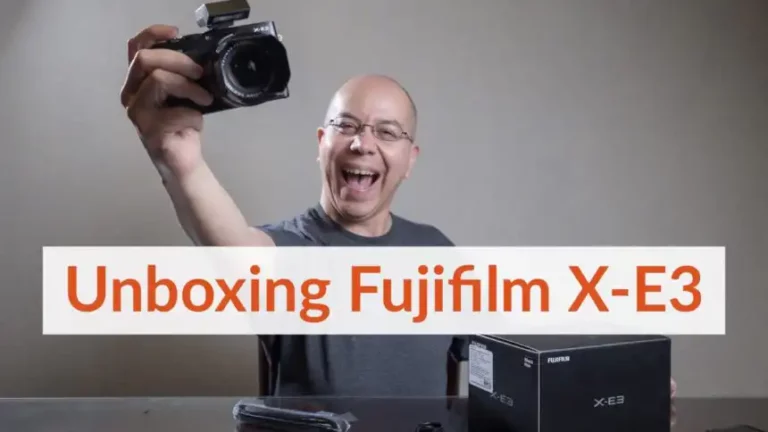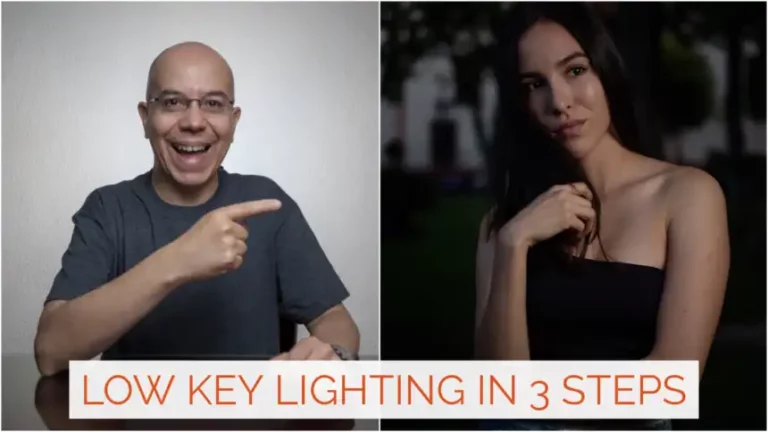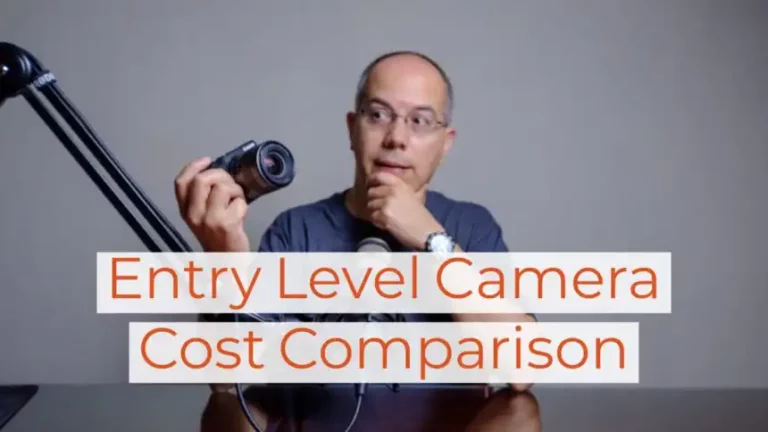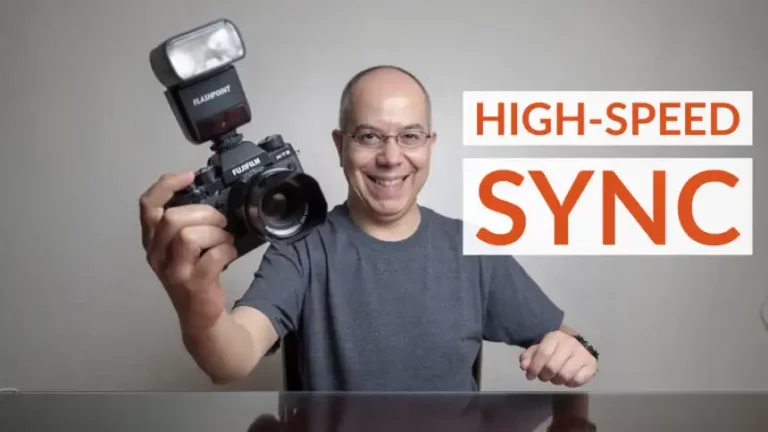Why Use Off-Camera Flash?
Flash is Good. Off-camera flash is Better! Keep reading to learn why.
By now you have probably used a flash on top of your camera. You know you can bounce it, adjust it, and balance it with ambient light. However, you realized or felt that it has its limitations.
Enter off-camera flash. This is the term we use when we fire the flash while being off the camera but, why should we shoot that way? There are many reasons but let’s focus on two: Depth and Control.
Depth
Most of the scenes we photograph are three-dimensional, they have height, width and depth. However, the images that come from our cameras are flat, two-dimensional representations of those scenes. They only have height and width. How can we show depth in these flat images? Using shadows, of course!
Shadows are the main tool for us to show depth in an image. Let’s take the human face, for example. It is not flat, it resembles a sphere. Even more, it’s not quite a sphere because it has protruding (nose, chin) as well as hollowed (eye sockets, space between lips and chin) areas.
If the light source is aligned with the lens, as it happens with on-camera flash, and we take a photograph of a face, all the shadows will be behind the head. The face will look flat!

However, if we take the flash off-camera so it’s not aligned with the lens, we’ll see shadows on the face. Those shadows help us show the features in a face, making it look interesting and attractive.

Control
Another reason to take the flash off the camera is improving control of the lighting. Sometimes we photograph complex objects like cars, aircraft or others. In those cases, we may need to light different elements of a scene individually.

For example, we may have a main light on top of a car to show the general form of it, but then we can add smaller lights to show the details of the wheels or grill. The same happens when photographing an aircraft or any other complex object.

Of course, the control may also come in the form of adding modifiers, flags or gobos to our lights. Modifiers like umbrellas and softboxes make our flashes look like larger light sources. Flags help us direct light in specific directions or block it from unwanted places. Gobos helps us project shadows on top of our subject or the background.

Whatever the reason for using off-camera flash, there are three main ways to trigger a flash off-camera: cables, optical slaves or radio triggers. Now you know why use off-camera flash.
Have you used off-camera flash? What has been your experience? Leave your comments below.

